WORKING ON CHRISTMAS: While The Beautiful Earth Looms In The Background, Astronaut Steven Smith Stands

WORKING ON CHRISTMAS: While the beautiful Earth looms in the background, astronaut Steven Smith stands on the mobile foot restraint at the end of the remote manipulator system as he makes repairs to the Hubble Space Telescope, Dec. 24-25, 1999. (NASA)
More Posts from Evisno and Others

Radar Observations of Asteroid 2014 HQ124
Radar data of asteroid 2014 HQ124 taken over for hours on June 8, 2014, when the asteroid was between 864.000 miles (1.39 million kilometers) and 902.00 miles (1,45 million kilometers) from Earth. The data reveals asteroid 2014 HQ124 to be an elongated, irregular object that is at least 1200 feet (370 meters) wide on it long axis. The radar was obtained using NASA’s 70 meters Goldstone antenna, the same antenna used for communicating with spacecraft in deep space. The Goldstone radar team paired with the Arecibo Observatory (Goldstone sending radar, Arecibo receiving) for the first five frames of this movie in order to collect higher quality data resulting in shaper images. The other frames were made by both sending and receiving with antennas at the Goldstone complex.
Credit: NASA/JPL










Portraits of birds by Laila Jeffreys

Pitch Black: Cosmic Clumps Cast the Darkest Shadows
Astronomers have found cosmic clumps so dark, dense and dusty that they throw the deepest shadows ever recorded. Infrared observations from NASA’s Spitzer Space Telescope of these blackest-of-black regions paradoxically light the way to understanding how the brightest stars form.
The clumps represent the darkest portions of a huge, cosmic cloud of gas and dust located about 16,000 light-years away. A new study takes advantage of the shadows cast by these clumps to measure the cloud’s structure and mass.
Continue Reading










Ask Ethan: Could The Fabric Of Spacetime Be Defective?
“The topic I’d like to suggest is high-energy relics, like domain walls, cosmic strings, monopoles, etc… it would be great to read more about what these defects really are, what their origin is, what properties they likely have, or, and this is probably the most exciting part for me, how we expect them to look like and interact with the ‘ordinary’ universe.”
So, you’d like to ruin the fabric of your space, would you? Similar to tying a knot in it, stitching it up with some poorly-run shenanigans, running a two-dimensional membrane through it (like a hole in a sponge), etc., it’s possible to put a topological defect in the fabric of space itself. This isn’t just a mathematical possibility, but a physical one: if you break a symmetry in just the right way, monopoles, strings, domain walls, or textures could be produced on a cosmic scale. These could show up in a variety of ways, from abundant new, massive particles to a network of large-scale structure defects in space to a particular set of fluctuations in the cosmic microwave background. Yet when it comes time to put up or shut up, the Universe offers no positive evidence of any of these defects. Save for one, that is: back in 1982, there was an observation of one (and only one) event consistent with a magnetic monopole. 35 years later, we still don’t know what it was.
It’s time to investigate the possibilities, no matter how outlandish they seem, on this week’s Ask Ethan!









We’re Way Below Average! Astronomers Say Milky Way Resides In A Great Cosmic Void
“If there weren’t a large cosmic void that our Milky Way resided in, this tension between different ways of measuring the Hubble expansion rate would pose a big problem. Either there would be a systematic error affecting one of the methods of measuring it, or the Universe’s dark energy properties could be changing with time. But right now, all signs are pointing to a simple cosmic explanation that would resolve it all: we’re simply a bit below average when it comes to density.”
When you think of the Universe on the largest scales, you likely think of galaxies grouped and clustered together in huge, massive collections, separated by enormous cosmic voids. But there’s another kind of cluster-and-void out there: a very large volume of space that has its own galaxies, clusters and voids, but is simply higher or lower in density than average. If our galaxy resided near the center of one such region, we’d measure the expansion rate of the Universe to be higher-or-lower than average when we used nearby techniques. But if we measured the global expansion rate, such as via baryon acoustic oscillations or the fluctuations in the cosmic microwave background, we’d actually arrive at the true, average rate.
We’ve been seeing an important discrepancy for years, and yet the cause might simply be that the Milky Way lives in a large cosmic void. The data supports it, too! Get the story today.

Zeta Ophiuchus
A massive star plowing through the gas and dust floating in space. Zeta Oph is a bruiser, with 20 times the Sun’s mass. It’s an incredibly luminous star, blasting out light at a rate 80,000 times higher than the Sun! Even at its distance of 400 light years or so, it should be one of the brightest stars in the sky … yet it actually appears relatively dim to the eye.
Credit: NASA/Hubble



Comet ISON appears to have broken up and mostly evaporated as it travelled around the Sun, but something has made it around. It will be seen how much and in what condition. (Source of images) UPDATE: It is now confirmed that the comet is gone. Rest in pieces, ISON!








5 Vital Lessons Scientists Learn That Can Better Everyone’s Life
“4. Following your intuition will never get you as far as doing the math will. Coming up with a beautiful, powerful and compelling theory is the dream of many scientists worldwide, and has been for as long as there have been scientists. When Copernicus put forth his heliocentric model, it was attractive to many, but his circular orbits couldn’t explain the observations of the planets as well as Ptolemy’s epicycles – ugly as they were – did. Some 50 years later, Johannes Kepler built upon Copernicus’ idea and put forth his Mysterium Cosmographicum: a series of nested spheres whose ratios could explain the orbits of the planets. Except, the data didn’t fit right. When he did the math, the numbers didn’t add up.”
There are a lot of myths we have in our society about how the greatest of all scientific advances happened. We think about a lone genius, working outside the constraints of mainstream academia or mainstream thinking, working on something no one else works on. That hasn’t ever really been true, and yet there are actual lessons – valuable ones – to be learned from observing scientists throughout history. The greatest breakthroughs can only happen in the context of what’s already been discovered, and in that sense, our scientific knowledge base and our best new theories are a reflection of the very human endeavor of science. When Newton claimed he was standing on the shoulders of giants, it may have been his most brilliant realization of all, and it’s never been more true today.
Come learn these five vital lessons for yourself, and see if you can’t find some way to have them apply to your life!
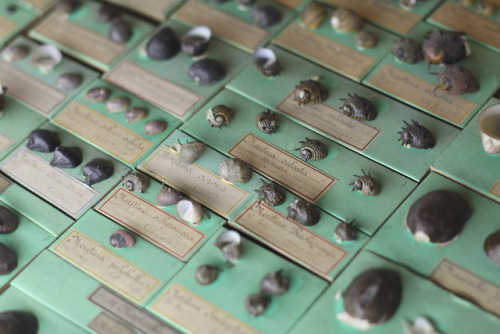
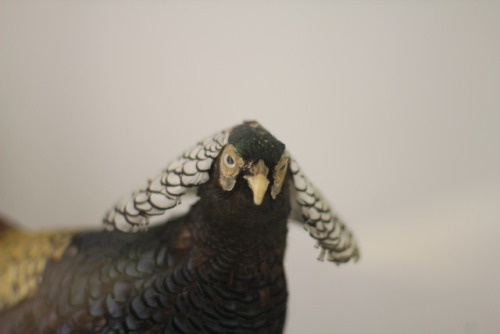
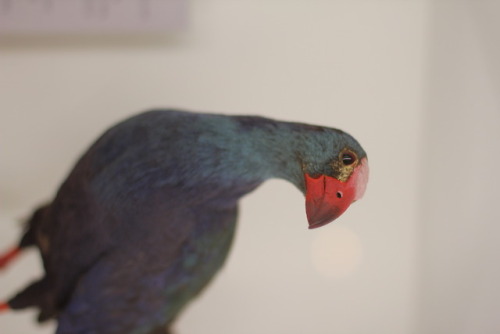
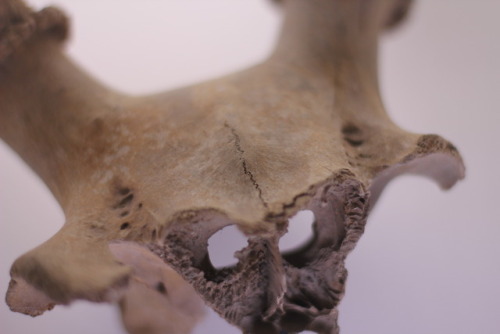

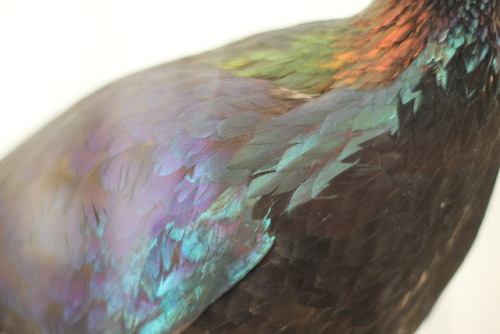

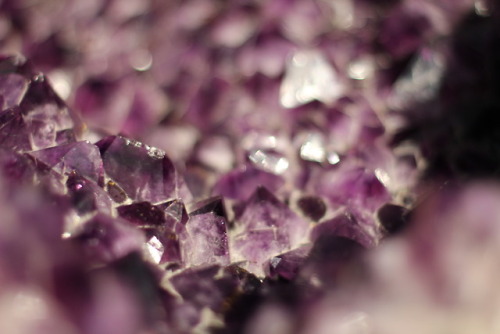
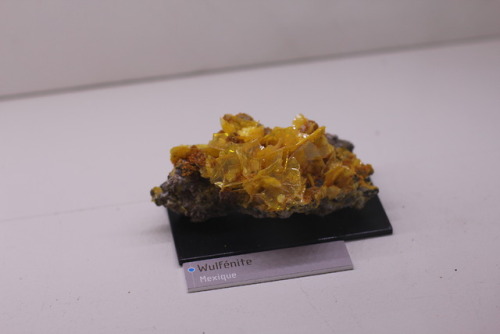
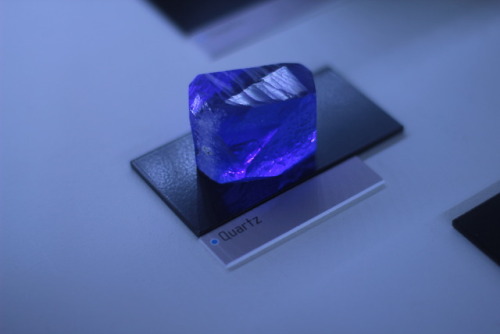
I visited Nantes’ Natural History Museum.
Galaxies: Types and morphology
A galaxy is a gravitationally bound system of stars, stellar remnants, interstellar gas, dust, and dark matter. Galaxies range in size from dwarfs with just a few hundred million (108) stars to giants with one hundred trillion (1014) stars, each orbiting its galaxy’s center of mass.

Galaxies come in three main types: ellipticals, spirals, and irregulars. A slightly more extensive description of galaxy types based on their appearance is given by the Hubble sequence.

Since the Hubble sequence is entirely based upon visual morphological type (shape), it may miss certain important characteristics of galaxies such as star formation rate in starburst galaxies and activity in the cores of active galaxies.
Ellipticals

The Hubble classification system rates elliptical galaxies on the basis of their ellipticity, ranging from E0, being nearly spherical, up to E7, which is highly elongated. These galaxies have an ellipsoidal profile, giving them an elliptical appearance regardless of the viewing angle. Their appearance shows little structure and they typically have relatively little interstellar matter. Consequently, these galaxies also have a low portion of open clusters and a reduced rate of new star formation. Instead they are dominated by generally older, more evolved stars that are orbiting the common center of gravity in random directions.
Spirals

Spiral galaxies resemble spiraling pinwheels. Though the stars and other visible material contained in such a galaxy lie mostly on a plane, the majority of mass in spiral galaxies exists in a roughly spherical halo of dark matter that extends beyond the visible component, as demonstrated by the universal rotation curve concept.
Spiral galaxies consist of a rotating disk of stars and interstellar medium, along with a central bulge of generally older stars. Extending outward from the bulge are relatively bright arms. In the Hubble classification scheme, spiral galaxies are listed as type S, followed by a letter (a, b, or c) that indicates the degree of tightness of the spiral arms and the size of the central bulge.
Barred spiral galaxy

A majority of spiral galaxies, including our own Milky Way galaxy, have a linear, bar-shaped band of stars that extends outward to either side of the core, then merges into the spiral arm structure. In the Hubble classification scheme, these are designated by an SB, followed by a lower-case letter (a, b or c) that indicates the form of the spiral arms (in the same manner as the categorization of normal spiral galaxies).
Ring galaxy

A ring galaxy is a galaxy with a circle-like appearance. Hoag’s Object, discovered by Art Hoag in 1950, is an example of a ring galaxy. The ring contains many massive, relatively young blue stars, which are extremely bright. The central region contains relatively little luminous matter. Some astronomers believe that ring galaxies are formed when a smaller galaxy passes through the center of a larger galaxy. Because most of a galaxy consists of empty space, this “collision” rarely results in any actual collisions between stars.
Lenticular galaxy

A lenticular galaxy (denoted S0) is a type of galaxy intermediate between an elliptical (denoted E) and a spiral galaxy in galaxy morphological classification schemes. They contain large-scale discs but they do not have large-scale spiral arms. Lenticular galaxies are disc galaxies that have used up or lost most of their interstellar matter and therefore have very little ongoing star formation. They may, however, retain significant dust in their disks.
Irregular galaxy

An irregular galaxy is a galaxy that does not have a distinct regular shape, unlike a spiral or an elliptical galaxy. Irregular galaxies do not fall into any of the regular classes of the Hubble sequence, and they are often chaotic in appearance, with neither a nuclear bulge nor any trace of spiral arm structure.
Dwarf galaxy

Despite the prominence of large elliptical and spiral galaxies, most galaxies in the Universe are dwarf galaxies. These galaxies are relatively small when compared with other galactic formations, being about one hundredth the size of the Milky Way, containing only a few billion stars. Ultra-compact dwarf galaxies have recently been discovered that are only 100 parsecs across.
Interacting

Interactions between galaxies are relatively frequent, and they can play an important role in galactic evolution. Near misses between galaxies result in warping distortions due to tidal interactions, and may cause some exchange of gas and dust. Collisions occur when two galaxies pass directly through each other and have sufficient relative momentum not to merge.
Starburst

Stars are created within galaxies from a reserve of cold gas that forms into giant molecular clouds. Some galaxies have been observed to form stars at an exceptional rate, which is known as a starburst. If they continue to do so, then they would consume their reserve of gas in a time span less than the lifespan of the galaxy. Hence starburst activity usually lasts for only about ten million years, a relatively brief period in the history of a galaxy.
Active galaxy
A portion of the observable galaxies are classified as active galaxies if the galaxy contains an active galactic nucleus (AGN). A significant portion of the total energy output from the galaxy is emitted by the active galactic nucleus, instead of the stars, dust and interstellar medium of the galaxy.

The standard model for an active galactic nucleus is based upon an accretion disc that forms around a supermassive black hole (SMBH) at the core region of the galaxy. The radiation from an active galactic nucleus results from the gravitational energy of matter as it falls toward the black hole from the disc. In about 10% of these galaxies, a diametrically opposed pair of energetic jets ejects particles from the galaxy core at velocities close to the speed of light. The mechanism for producing these jets is not well understood.

The main known types are: Seyfert galaxies, quasars, Blazars, LINERS and Radio galaxy.
source
images: NASA/ESA, Hubble (via wikipedia)
-
 holometabolism reblogged this · 7 years ago
holometabolism reblogged this · 7 years ago -
 clrplst reblogged this · 7 years ago
clrplst reblogged this · 7 years ago -
 metkoo reblogged this · 7 years ago
metkoo reblogged this · 7 years ago -
 obliquion reblogged this · 7 years ago
obliquion reblogged this · 7 years ago -
 zx-spectrum reblogged this · 8 years ago
zx-spectrum reblogged this · 8 years ago -
 pantalaiimon reblogged this · 8 years ago
pantalaiimon reblogged this · 8 years ago -
 mmmatchaball reblogged this · 8 years ago
mmmatchaball reblogged this · 8 years ago -
 discountyeezus reblogged this · 8 years ago
discountyeezus reblogged this · 8 years ago -
 discountyeezus liked this · 8 years ago
discountyeezus liked this · 8 years ago -
 llcnsnnts reblogged this · 8 years ago
llcnsnnts reblogged this · 8 years ago -
 mmmatchaball liked this · 8 years ago
mmmatchaball liked this · 8 years ago -
 ohfallingstar reblogged this · 8 years ago
ohfallingstar reblogged this · 8 years ago -
 caulfveld liked this · 8 years ago
caulfveld liked this · 8 years ago -
 teenagecarsongs reblogged this · 8 years ago
teenagecarsongs reblogged this · 8 years ago -
 starfoozle reblogged this · 8 years ago
starfoozle reblogged this · 8 years ago -
 coyoteekiller liked this · 8 years ago
coyoteekiller liked this · 8 years ago -
 chiillone reblogged this · 8 years ago
chiillone reblogged this · 8 years ago -
 bypassreality reblogged this · 8 years ago
bypassreality reblogged this · 8 years ago -
 adodsoninspiriphotoness reblogged this · 8 years ago
adodsoninspiriphotoness reblogged this · 8 years ago -
 cyclic-origin reblogged this · 8 years ago
cyclic-origin reblogged this · 8 years ago -
 ksnythetrombonist-blog liked this · 8 years ago
ksnythetrombonist-blog liked this · 8 years ago -
 ladyofnonsequitur liked this · 8 years ago
ladyofnonsequitur liked this · 8 years ago -
 yourdaddyof4-blog reblogged this · 8 years ago
yourdaddyof4-blog reblogged this · 8 years ago -
 yourdaddyof4-blog liked this · 8 years ago
yourdaddyof4-blog liked this · 8 years ago -
 goldenslumbr liked this · 8 years ago
goldenslumbr liked this · 8 years ago -
 kainli liked this · 8 years ago
kainli liked this · 8 years ago -
 astrolorenzo liked this · 8 years ago
astrolorenzo liked this · 8 years ago -
 moderndaycasanova reblogged this · 8 years ago
moderndaycasanova reblogged this · 8 years ago -
 aaadonkeyshine liked this · 8 years ago
aaadonkeyshine liked this · 8 years ago -
 texasdreamer01 reblogged this · 8 years ago
texasdreamer01 reblogged this · 8 years ago -
 texasdreamer01 liked this · 8 years ago
texasdreamer01 liked this · 8 years ago -
 andresfarias1 liked this · 8 years ago
andresfarias1 liked this · 8 years ago